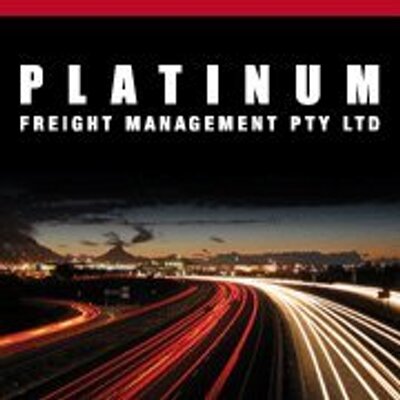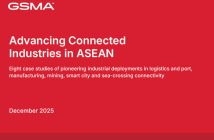
By importing specialist and Platinum Freight Management CEO Peter McRae
 We’ve seen the news about electric hover-boards for sale in Australia, putting consumers at risk.
We’ve seen the news about electric hover-boards for sale in Australia, putting consumers at risk.
As the importing system stands, Australia lacks the appropriate measures to stop some faulty motorised goods entering the market – if they are below a certain price.
This is a regulatory danger zone. There are three key issues at play:
- Low cost goods currently pass through the mail system (even shipping and air freight) without scrutiny
- If imported goods are not duly scrutinised, opportunities exist for importers to avoid necessary safety certificates and documentation
- Customs lacks measures to check the “low cost” of goods declared, therefore importers can – and do – act fraudulently to under-declare values, avoid tax, duty, compliance checks and scrutiny.
This Christmas we saw a huge surge in hover-boards flooding the market. Hoverboards were flying through the mail centres, shipping yards are air freight terminals across Australia. Suppliers and importers were declaring low value of goods to avoid tax and, knowing this would mean the goods suffered less scrutiny than more expensive imports, this also encouraged them not to acquire an import permit from www.infrastructure.gov.au.
The importer and supplier know that motor capacity needs to be less than 250 watts to avoid an Australian permit. When motors are imported above this capacity the importer and supplier are acting corruptly. But Customs authorities simply can’t keep up.
There are opportunities to improve the system, but there is no simple solution, only a pointer towards a more positive future when it is proposed that Australia will lower the tax-free threshold.
We don’t need new regulation on electrical goods themselves – we already have that. In Australia any motorized (over 250 watts) vehicle for moving people must obtain an import certificate before importation. The certificate is widely available and accessible to all importers. The problem is, importers won’t always bother to get it if they can get away without. And they do.
Furthermore, all goods valued at more than $1000 get assessed for duty, tax and import processing fees, so the system works pretty well to ensure large quantities of goods are accurately processed, tick all the boxes for compliance, and even get checked inside the box to ensure that what the sticker says is what is actually imported.
But it is not so with the small imports. And there are more of those than our system can handle.
According to Treasury, more than 100 million items under the $1000 tax free threshold are imported annually, with 98% valued at less than $500 and 88% valued below $100.
There is simply no way authorities can process 100 million items entering the country, ensure that they are what the importer says they are and that they are worth what the importer declares they are worth. Less again to check that they have all the paperwork required. Even if the omission of this process puts citizens at risk.
Today’s masses of importers can play the system. With buy in from suppliers happy to oblige their customers, importers can easily declare goods in low values to avoid scrutiny from Customs authorities. They can then just hope that their parcel isn’t one of the percentage stopped along the way and checked for all relevant documentation, including the motorized vehicle certificate.
It’s a matter of simply sailing through a too-busy system.
In the case of the hover boards, my brokerage has seen hover-boards declared to Customs to be valued at $50-80 and only after further investigation identified the actual price paid as $130USD. The importer claims ignorance or mistakes. How many times does this go by without correction? It has become the role of the customs broker to identify fraud in this way.
The importer then goes on to charge the Australian consumer a $500-700 AUD on Gumtree or eBay, and without documentation proving the product even complies with safety standards in the first place. Who is the biggest loser? The individual and the Australian people as a whole.
The fixes are complex, costly and slow.
Lower the tax free threshold and the system will ensure more goods are processed for tax and consequently documentation and compliance. BUT the system will bottleneck further because that means adding a potential 100 million parcels to the workload of the Customs processing team.
Increase the processing teams and the system will handle the volumes better, but it could cost more than the taxes raised on the goods entering in the first place.
Parliamentary discussion available online shows that the government is considering this, and also looking at whether it’s a net loss worth making – raise more taxes, pay more wages and yes, we will actually see a situation where regulation happens to be better scrutinized on our imported goods.
That’s one argument in the affirmative for the proposed lowering of the tax free threshold next year.




